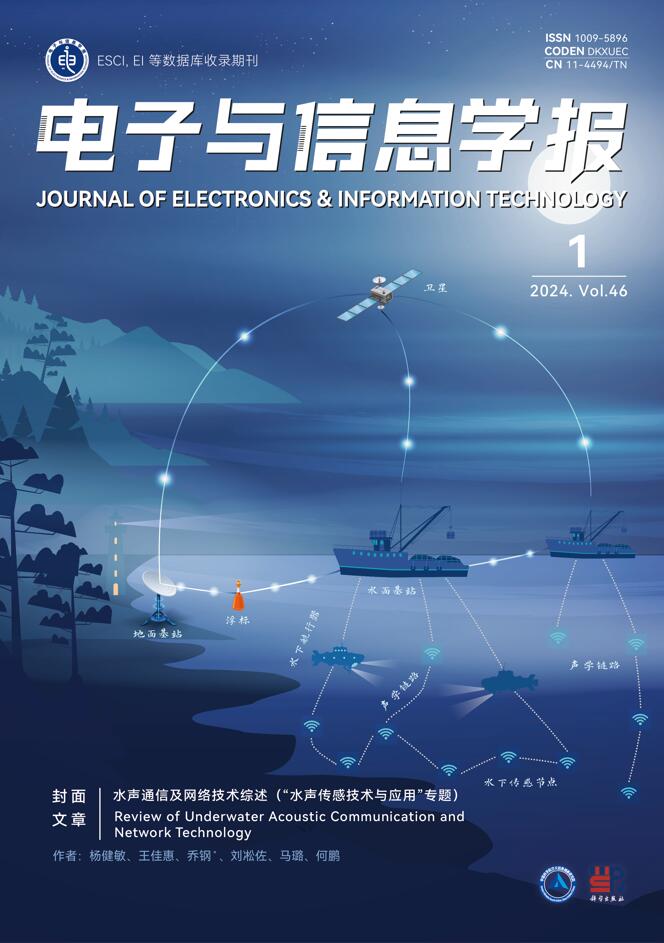The Inhibition and Clearup of the Mobile Worm in Wireless Sensor Networks
IF 0.5
4区 工程技术
Q4 ENGINEERING, ELECTRICAL & ELECTRONIC
引用次数: 1
Abstract
The network performance of WSNs (Wireless Sensor Networks) can be improved significantly by injecting mobile elements. However, the infection process of worm will be greatly accelerated once the mobile element has been captured and become the new infection source. To cope with this new threat, this paper first proposes the infection model for the networks with the mobile worm and designs a heuristic algorithm to identify the boundary of infected area. High risk nodes near the boundary can be found and switched to sleeping states to block the further spreading of the worm. Second, an algorithm with directed-diffusion based anti-worm is designed to repair those infected sensors. Theoretical analysis and experimental results show that the proposed methods can achieve better worm cleaning effect with low cost, which can be applied to energy-limited wireless sensor networks.无线传感器网络中移动蠕虫的抑制与清除
在无线传感器网络(WSNs)中注入移动元素可以显著提高网络性能。然而,一旦移动元件被捕获,蠕虫的感染过程将大大加快,成为新的感染源。为了应对这种新的威胁,本文首先提出了移动蠕虫网络的感染模型,并设计了一种启发式算法来识别感染区域的边界。可以找到边界附近的高风险节点,并将其切换到睡眠状态,以阻止蠕虫的进一步传播。其次,设计了一种基于定向扩散的防蠕虫算法来修复被感染的传感器。理论分析和实验结果表明,该方法能以较低的成本获得较好的蠕虫清洗效果,可应用于能量有限的无线传感器网络。
本文章由计算机程序翻译,如有差异,请以英文原文为准。
求助全文
约1分钟内获得全文
求助全文

 求助内容:
求助内容: 应助结果提醒方式:
应助结果提醒方式:


